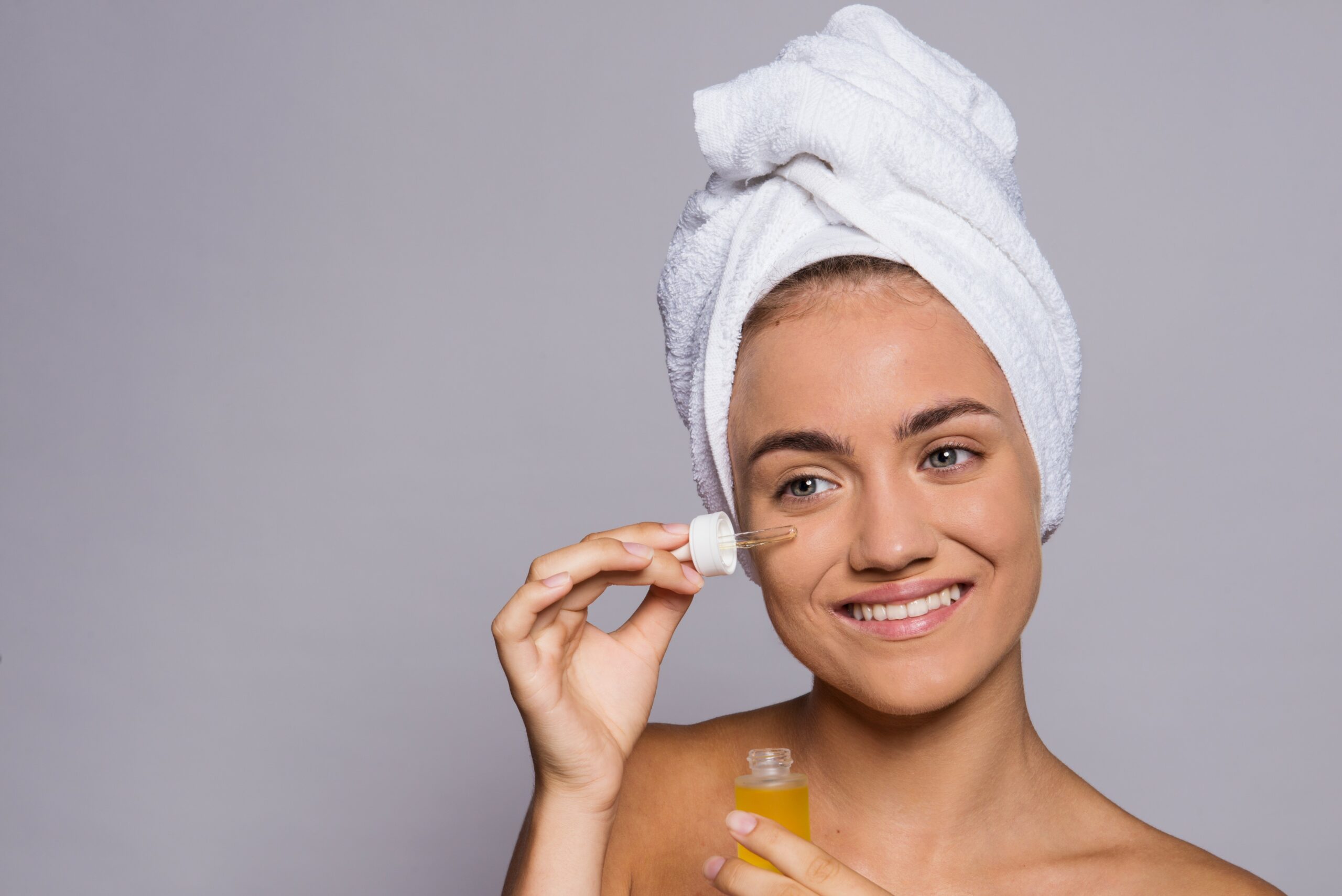A
A
A
When you think of acid, you think of those chemicals in science class that burn and tingle. The ones that have the warning stickers and require you to wear goggles. But acid doesn’t have to be dangerous or scary. In skincare, hyaluronic acid is actually one of the most potent, skin-loving ingredients available.
What is Hyaluronic Acid?
Hyaluronic Acid (HA) is a sugar that occurs naturally in our bodies. It is famous for holding a thousand times its weight in water. And we all know water is life. However, aging and other environmental factors (like free radicals and UV exposure) can control how much HA we have in our skin, other tissues, and eyes. It is a juicy, bouncy molecule of acid, not an acid that strips or exfoliates when used in a skincare product.
Read More »
The hyaluronic acid molecule has been used for decades as a humectant, but its reached a kind of cult-following in the past few years. Since it pairs well with other active ingredients like retinol and vitamins, and other acids, it helps you see results faster. Chances are, the skincare you use already contains hyaluronic acid, even if you don’t see that particular phrase in the marketing. (Sodium hyaluronate is a form of HA.)
Faster results and visible plumping means everybody wants HA-based lotions and potions.
How to Use It?
Like most cosumesceutical formulations, there is a right and wrong way to apply it. Because HA draws moisture to the surface of your skin, if you don’t treat the skin properly before and after, you can actually dehydrate and damage your skin. Most dermatologists and aestheticians recommend applying a HA to damp skin followed by an application of a more occlusive moisturizer on top to seal in the hydrating properties of HA.
Hyaluronic acid is not just for use on facial skin. And the application sandwich technique will help the skin on your body look visibly plumper and more hydrated, too. It’s great to reach for lotion when your hands or legs feel dry because emollient ingredients in lotion or cream can soothe the skin. But to treat dehydrated or dry skin, you must seal in moisture straight out of the shower or bath.
If you’re looking to really transform the look of your facial skin, you might want to seek something stronger than topical treatments that will work over time. Doctor- or nurse-administered injectables use a heavier form of HA to add volume to your skin to plump, smooth fine lines and wrinkles, and decrease undereye shadows. And, since HA occurs naturally in the body, these applications can be considered pretty safe, have almost-instant results, and last up to a year.
What to Look For
Because the HA molecule on its own is often too large to penetrate the surface layers of your skin, it won’t be effective on its own. Look for brands that have multiple molecule weights of HA in the product. These will frequently be prestige or dermatologist formulated brands. If you’re shopping for drugstore brands of HA, look for a delivery system that specifies a micronized HA for best absorption.
Combined with vitamin E, vitamin C, or ceramides, hyaluronic acid makes for a potent skincare cocktail for more hydrated and younger-looking skin. Formulations come in creams, lotions, serums, and sprays.
Most skincare experts say a hyaluronic acid-based serum is often your best bet, especially if you’re on the oiler side. But be sure to shop for one that suits your skin and its sensitivities. Choose fragrance-free options for sensitive and problematic skin types. Look for retinols with HA if you want to work on your skin’s texture.
And always, always, use a broad-spectrum SPF or all of the HA in the world won’t keep your skin looking and feeling its best.






